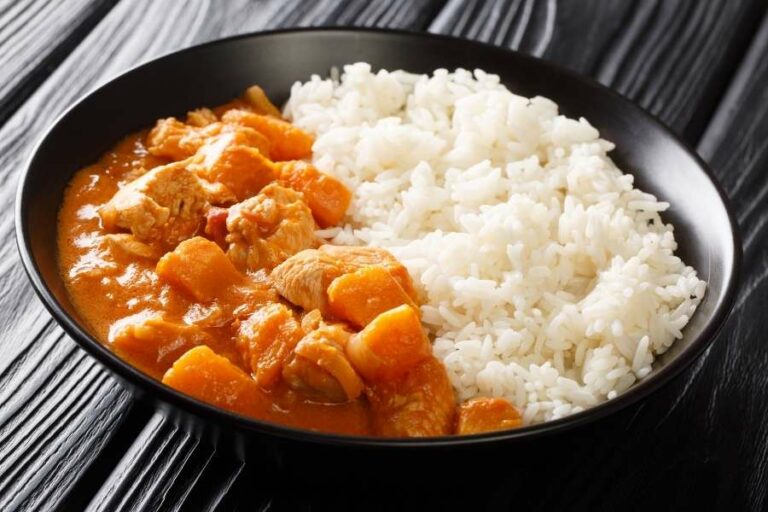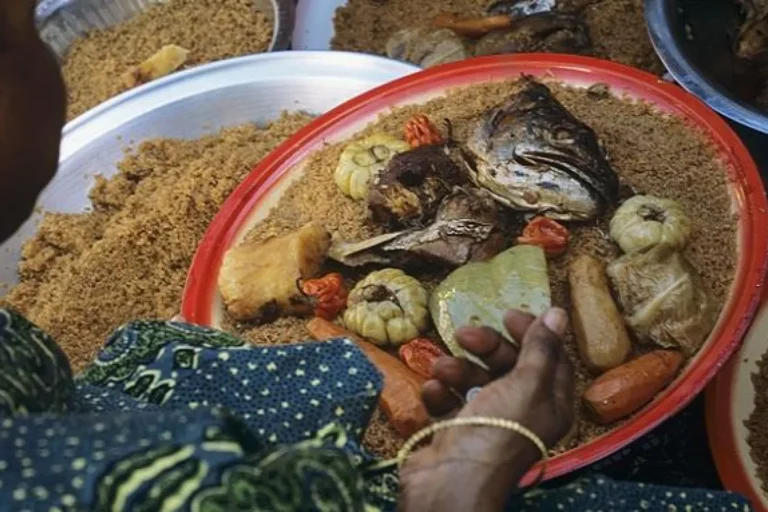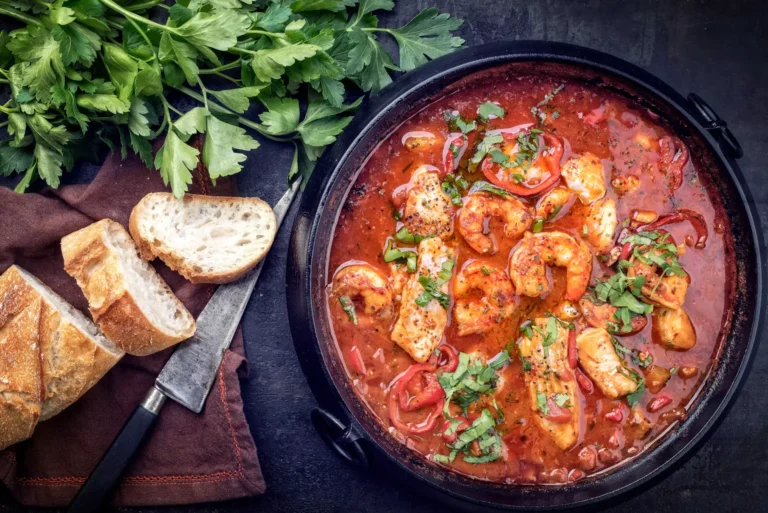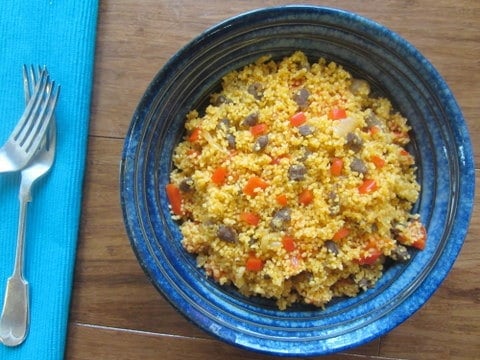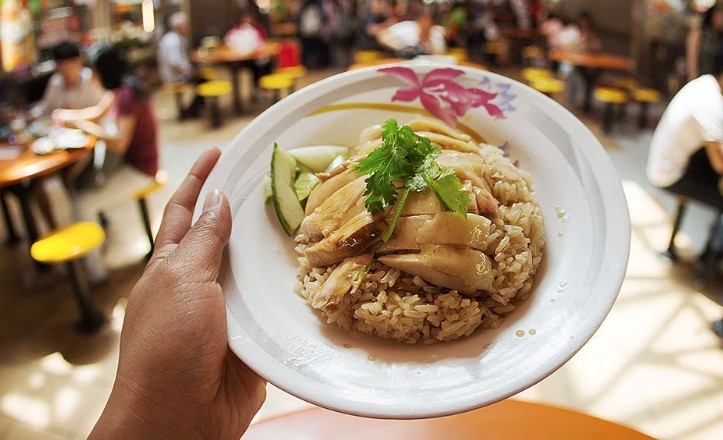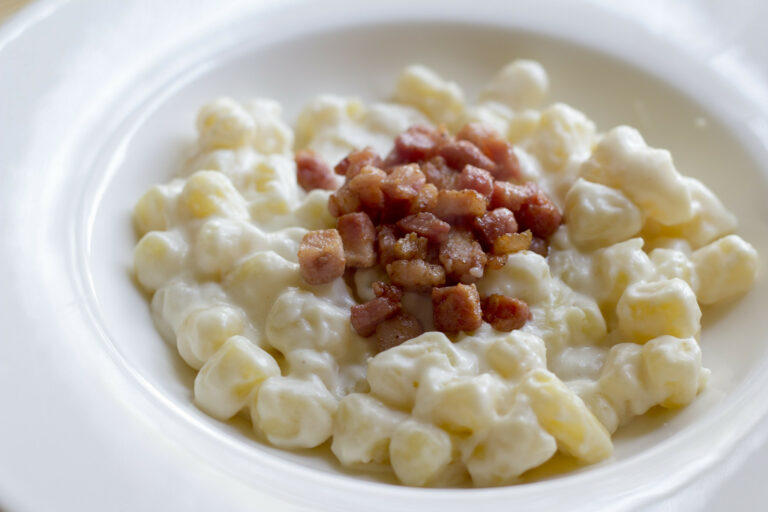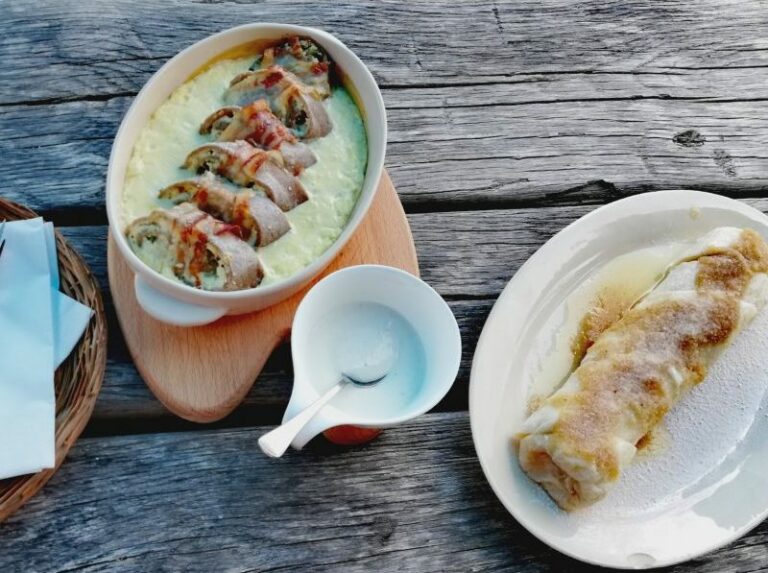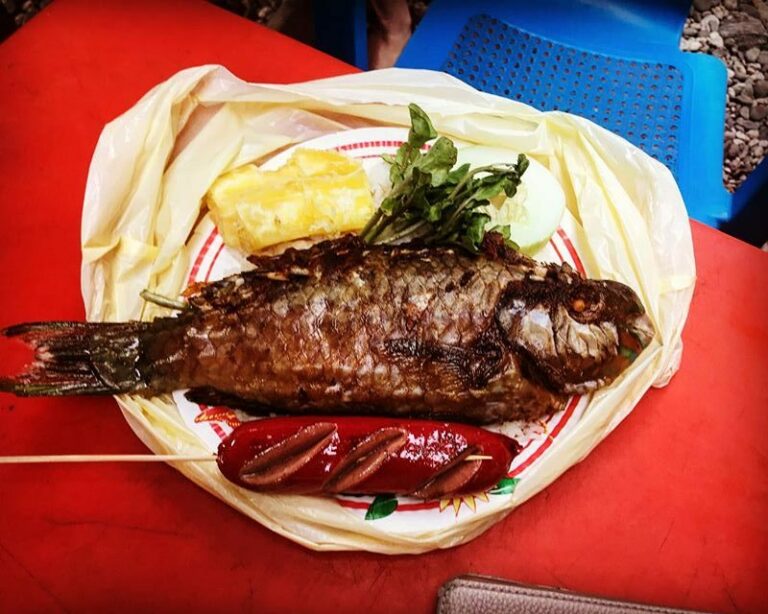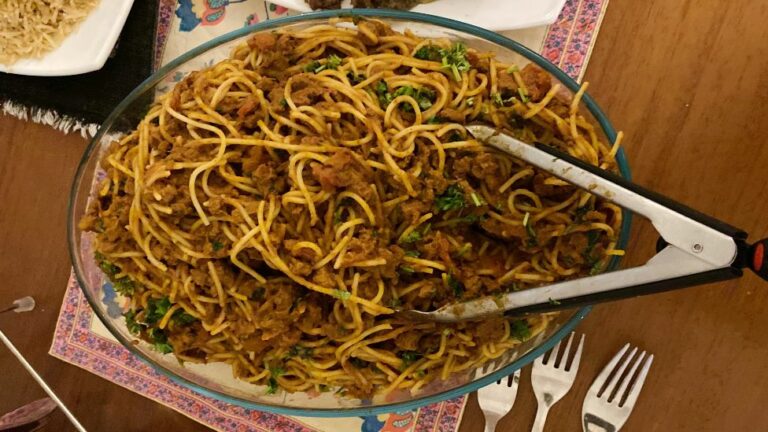Introduction to Senegalese cuisine
Senegalese cuisine is a fusion of French, African, and Arab influences, resulting in a unique and vibrant culinary culture. With a focus on fresh, locally-sourced ingredients and bold flavors, Senegalese dishes are known for their use of herbs and spices. From the national dish of thieboudienne to the sweet dessert ngalakh, spices and herbs play a crucial role in the cuisine of Senegal.
Popular spices and herbs in Senegalese cooking
One of the most prominent spices in Senegalese cuisine is thyme, which is used in everything from stews to fish dishes. Other popular herbs include parsley, cilantro, and mint, which are often used to add freshness and brightness to dishes. Cumin, cinnamon, and ginger are also commonly used spices in Senegalese cooking, adding depth and warmth to dishes.
Ngalakh’s spice blend
Ngalakh is a traditional Senegalese dessert made from millet, peanut butter, and baobab fruit. The spice blend used in ngalakh includes cinnamon, nutmeg, and cloves, adding a warm and comforting flavor to the dish. The baobab fruit also adds a tangy, slightly sour note, making ngalakh a unique and beloved dessert in Senegal.
Thieboudienne’s flavor profile
Thieboudienne is Senegal’s national dish, a hearty stew made with fish, rice, and vegetables. The dish gets its bold flavor from a spice blend that includes chili pepper, garlic, and ginger. Thieboudienne is also traditionally served with a sauce made from tomato paste, onion, and mustard, adding even more depth and complexity to the dish.
Yassa’s signature tang
Yassa is a popular Senegalese dish made with marinated chicken or fish, onions, and a tangy sauce made from lemon juice and mustard. The dish is then seasoned with thyme, garlic, and chili pepper, adding a savory and spicy flavor to the tangy sauce. The result is a dish that is both bright and bold, making it a favorite among Senegalese and food lovers around the world.
How to use Senegalese spices in your cooking
If you want to incorporate Senegalese spices into your cooking, start with some of the most commonly used herbs and spices like thyme, parsley, and cinnamon. Try adding thyme to stews or using parsley in a salad dressing. You can also experiment with Senegalese spice blends like the one used in ngalakh or thieboudienne. These blends can be used to add flavor to a variety of dishes, from roasted vegetables to grilled meats. With a little bit of experimentation, you can add some Senegalese flair to your own cooking.

